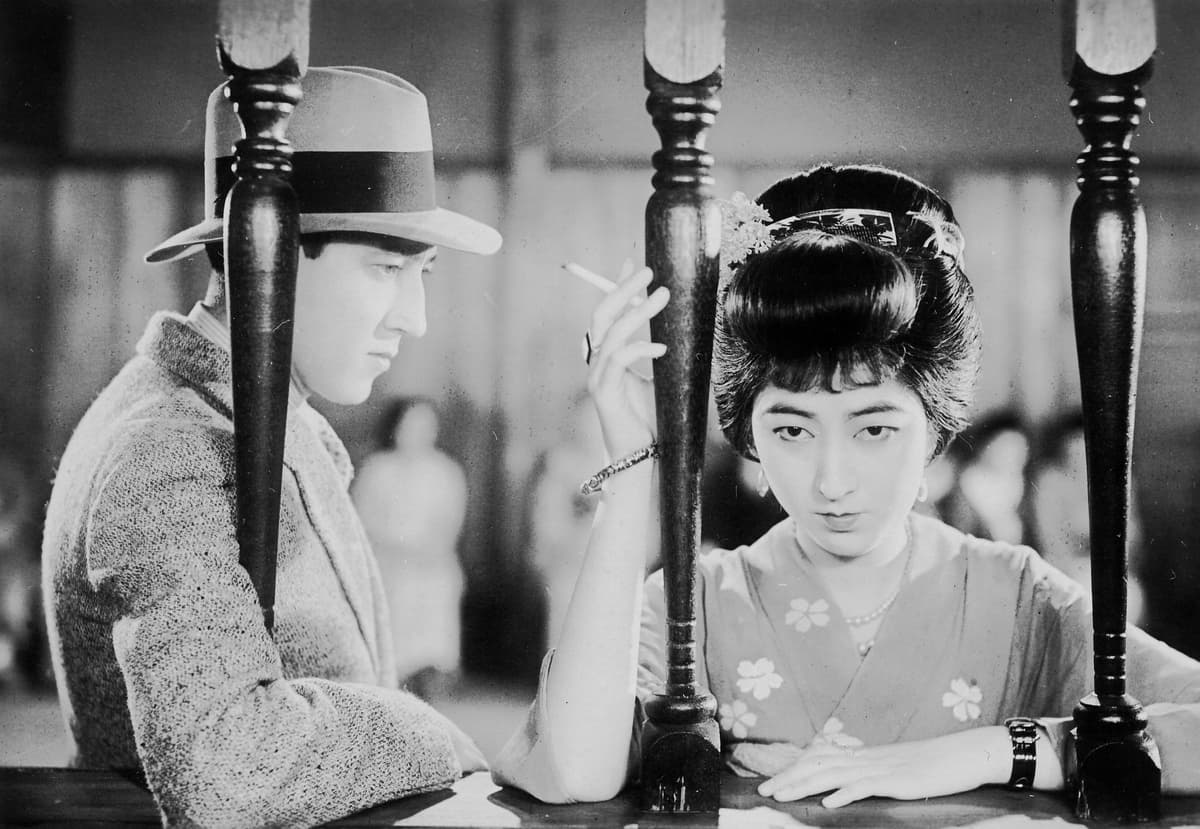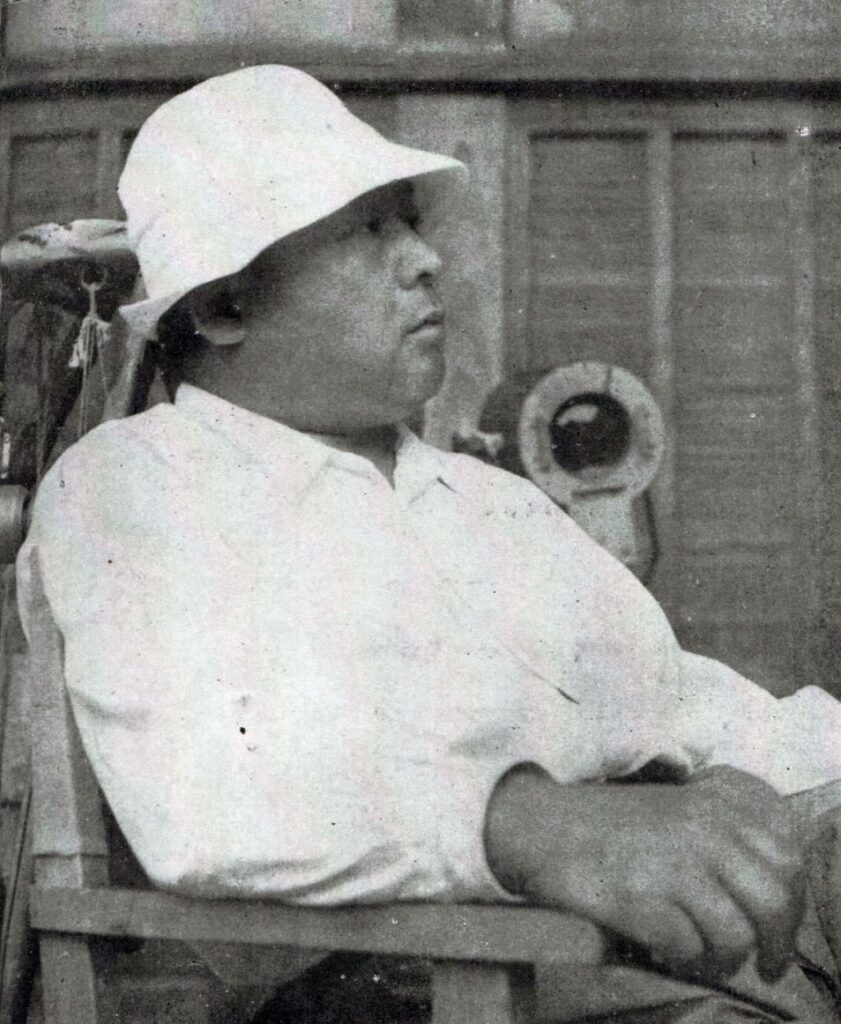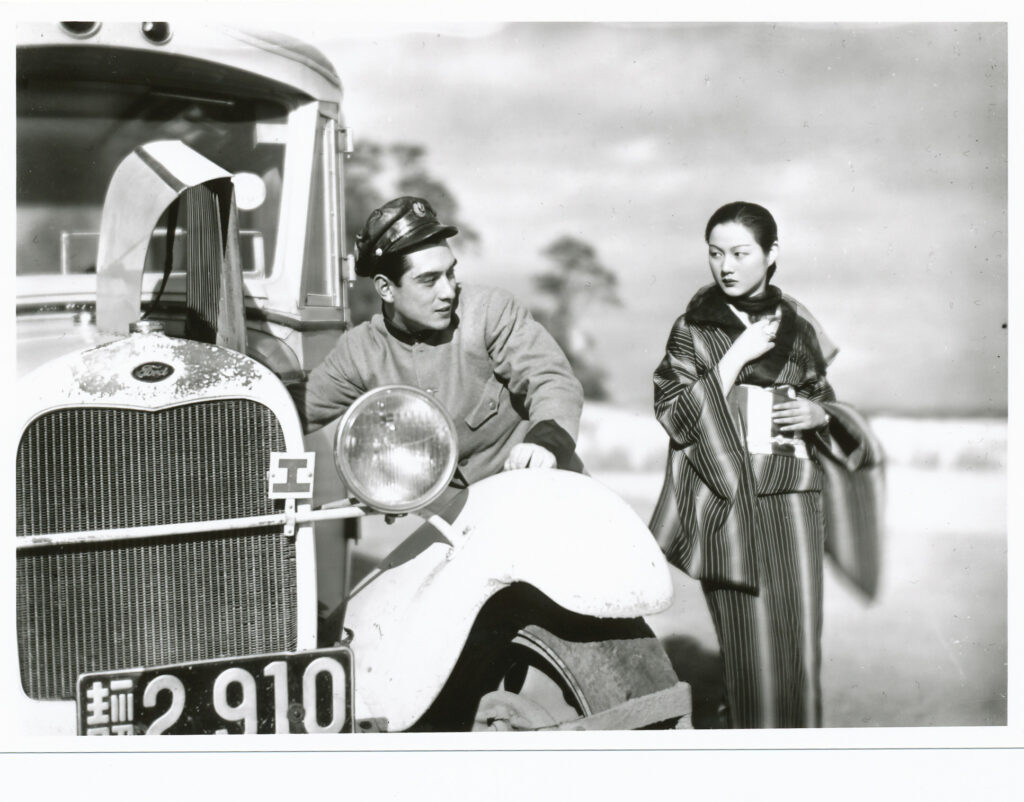A Filmmaker of Intensive Subtlety, Hiroshi Shimizu Is Being Celebrated With a Two-Part New York Retrospective
Will this, the most comprehensive overview of Shimizu’s pictures mounted in North America, elevate the director’s reputation to the standards enjoyed by Yasujiro Ozu and Kenji Mizoguchi?

“Hiroshi Shimizu; Part I: The Shochiku Years”
Museum of the Moving Image
May 4-19
“Hiroshi Shimizu; Part II: The Postwar and Independent Years”
Japan Society
May 16-June 1
“Japanese Girls at the Harbor” (1933), a silent film by director Hiroshi Shimizu (1903-66), put me in mind of a comment made by a friend upon seeing that I was reading Leo Tolstoy’s “Anna Karenina”: “Such a soap opera, that book. But what a soap opera.”
Shimizu’s film begins as a tone poem in which we follow two young women, Sunako (Michiko Oikawa) and Dora (Yukiko Inoue), as they stroll along the byways of Yokohama. As our heroines chit-chat, the world unfolds — boats pull in and out of the harbor, a breeze blows along an abandoned pathway, and the like. The film dawdles to lyrical effect, but then fate rears its obtrusive head.
As soon as Henry (Ureo Egawa) enters the film riding on a motorcycle, we intuit that things are about to become complicated. Not only does Henry speed away with Sunako, separating the two friends, he’s also something of a hoodlum and definitely a rake. Forget romancing Sunako: He’s already courting and perhaps affianced to Yoko (Ranko Sawa). When a heartbroken Sunako finds Henry and Yoko alone in the local church, she confronts them in a manner that is genuinely surprising and not worth spoiling.
“Japanese Girls at the Harbor” is, if not quite a soap opera, then melodramatic. Although the narrative takes a sharp turn, the pace and tenor of the film remain discursive. Shimizu was a deft hand at compositional equipoise. Notwithstanding a few moments of staccato editing, he brings to the proceedings a sense of measure, grounding the plot even as it takes some convenient tangents. Watch how Shimizu transitions between scenes, elapsing figures through time and space: Here is a filmmaker of intensive subtlety.

Shimizu will be celebrated with a two-part New York retrospective. Between May 4 and May 19, the Museum of the Moving Image will be presenting “Part I: The Shochiku Years,” a raft of screenings dedicated to the filmmaker’s early efforts for one of the big four Japanese studios. The second part of the series, “The Postwar and Independent Years,” is set to run at the Japan Society between May 16 and June 1 and will focus on Shimizu’s self-financed efforts, as well as work-for-hire movies done for smaller studios like Shintoho and Daiei.
Will this, the most comprehensive overview of Shimizu’s pictures mounted in North America, elevate the director’s reputation to the standards enjoyed by Yasujiro Ozu and Kenji Mizoguchi? His contemporaries thought the world of Shimizu: Mizogochi claimed him as a genius. Helming more than 150 films, Shimizu was a workhorse and scored consistently at the box office. Among his signal pictures is “Children of the Beehive” (1948), a post-war rumination on reconstruction as seen through the eyes of a lone soldier and a cadre of children.
Shimizu’s reputation as a “la-di-da” maker of charming entertainments persists — as if the intricacies of human interaction and the vagaries of joy aren’t subjects worthy of artistic consideration. Let the cinematic heavy-breathers don their hairshirts and be on their way: That Shimizu’s oeuvre is marked by a tender and often comical strain of humanism doesn’t preclude it from being pointed or meaningful. Even a brief dip into Shimizu’s oeuvre reveals distinct, if invariably gentle, takes on class, gender roles, familial duty. and cultural mores.
The films Shimizu did for Shochikua tend to be economical in length — 75 minutes or so — but not necessarily in scope. Even when a film is miniaturist in scale and focus, it plays host to a surprising range of tangents.

“Mr. Thank You” (1936) is a case in point. The title character is a bus driver who is unfailingly polite. The movie details his route to downtown Tokyo from rural Izu and glances upon our good driver’s passengers as well as a bevy of travelers along the road. Although somewhat of an ensemble piece, the movie’s emphasis is on an elderly woman and her daughter, the latter of whom is going to Tokyo to work as a prostitute in order to support the family.
This story grounds the film without determining its character: “Mr. Thank You” wears its sorrows lightly and is, for the most part, buoyant in spirit. The action, such as it is, takes place largely within the confines of a cramped bus. Who’s on board? There’s a pompous bourgeois with an absurd mustache, a comely young woman of worldly mien, and a small knot of working-class men. Acquaintances are met along the way. Pointed conversations take place; dialogue is spare but revealing. We are, it does well to remember, in the land that invented haiku.
“Mr. Thank You” ends on a happy note that is so underplayed you’ll wonder if it happened at all. That Shimizu worked from lightly sketched scenarios rather than hard-and-fast scripts likely accounts for the easygoing naturalism that filters through his movies, an attribute only reinforced by his favoring outdoor locales. Shimizu’s fondness for employing children stemmed from them being “natural. They breathe the air. Films must have humans who breathe the air.”
New York cinephiles will, I predict, respond to the efforts of the Museum of the Moving Image and the Japan Society with a chirpy arigato.

